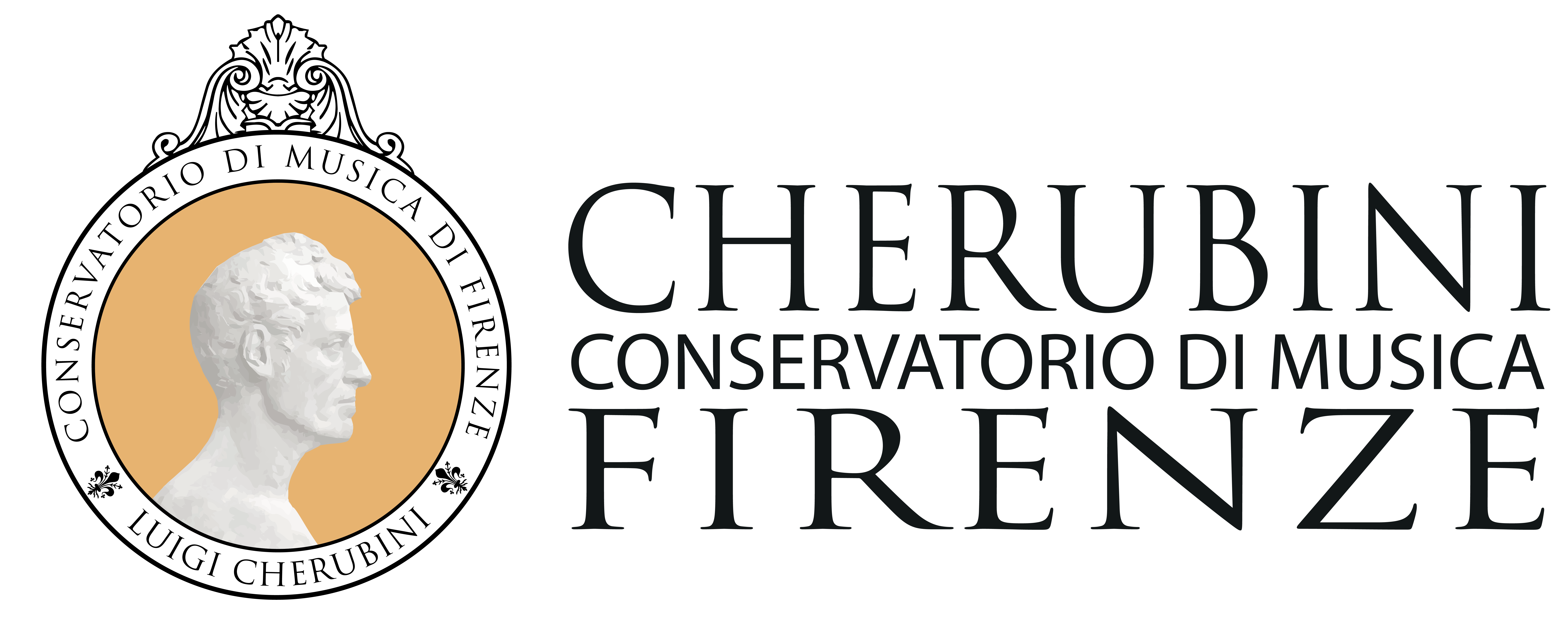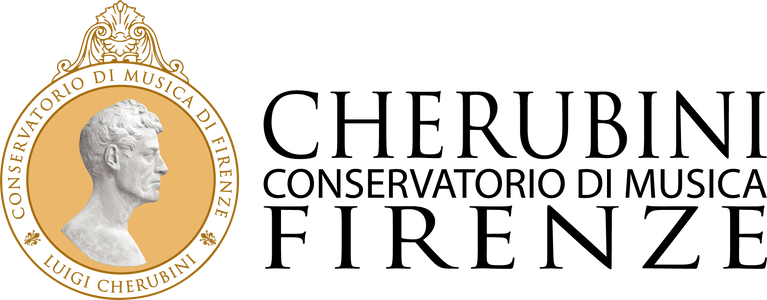Giovedì 3 ottobre 2024
ore 10.00 – 12.00 MASTERCLASS – Conservatorio Cherubini, Sala di Lettura della Biblioteca
Barry Truax è uno dei compositori elettroacustici più importanti. È stato uno dei primi a implementare sistemi interattivi informatici per la composizione e la sintesi del suono.
Truax ha fatto parte del World Soundscape Project, diretto da Raymond Murray Schafer, il primo gruppo di ricerca sul paesaggio sonoro e l’ecologia acustica.
Ha insegnato alla Simon Fraser University, Vancouver, Canada, dove è tutt’ora Professore Emerito.
Truax ha al suo attivo numerose composizioni eseguite in tutto il mondo, libri e pubblicazioni.
L’incontro verterà sulle esperienze compositive dell’autore con un particolare rilievo agli ultimi brani in cui vengono impiegati suoni ambientali come materiale sonoro. Il concerto presenterà una composizione di Truax in prima esecuzione assoluta.
Per iscriversi alla masterclass utilizzare il seguente FORM
ore 17.30 CONCERTO – Accademia di Belle Arti di Firenze, Sala Ghiberti
SOUNDSCAPE COMPOSITIONS
Octophonic Works from Vancouver by Barry Truax
Chalice Well (2009), 8 soundtracks, 14:20
The Shaman Ascending, (2004-2005), 8 soundtracks, 15:45
Rainforest Raven (2020), 8 soundtracks, 10:30
What The Waters Told Me (2022), 8 soundtracks, 11:30
How The Winds Caressed Me (2023), 8 soundtracks, 12:20 World Prèmiere
Chalice Well is a holy well situated at the foot of Glastonbury Tor in southwest England, thought to be originally the island of Avalon from Arthurian legend, and the site where Joseph of Arimathea placed the chalice known as the Holy Grail. According to legend, the Tor, a masculine symbol, is hollow underneath and the entrance to the underworld, guarded by the Grail. The well, on the other hand, is a symbol of the feminine aspect of deity, and its waters are believed to possess healing qualities.
This work Chalice Well takes the listener on an imaginary journey down into the well, passing through several cavernous chambers on its descent, filled with rushing and trickling water, including the chamber of the feminine spirit. The journey continues to the glass chamber, then to the gates of the underworld, only to be confronted by the image of the Grail, and finally comes to rest in a space where wind and water, the masculine and the feminine are combined.
The Shaman Ascending evokes the imagery of a traditional shaman figure chanting in the quest for spiritual ecstasy. However, in this case, the listener is placed inside of a circle of loudspeakers with the vocal utterances swirling around at high rates of speed and timbral development. The work proceeds in increasing stages of complexity as the shaman ascends towards a higher spiritual state.
The work and its title are inspired by a pair of Canadian Inuit sculptures by John Terriak with collectively the same name, as well as Inuit throat singing. All of the vocal material heard in the piece is derived from a recording of the Vancouver bass singer Derrick Christian.
Rainforest Raven takes the listener on a journey through a West Coast rainforest, starting with water dripping down the rock ledges at the edge of the forest. As guided by a raven, the overall emotional trajectory for the listener goes from joyful to very sombre, and finally we re-emerge into a brighter day.
What The Waters Told Me: If we listen carefully to flowing water in all of its varied forms, we may begin to hear voices and ascribe human emotions to them. The voices may be argumentative, even angry, as at the start of our journey, but suddenly they become hushed as we enter a large cavern. A mysterious voice seems to give us commands as we await the next stage, while ethereal voices guide us along. The commands become more insistent until the waters burst forth with transcendent song in a celebration of water and life.
How The Winds Caressed Me: The wind is a restless and devious presence in our lives, revealing itself as an invisible, tactile experience, and aurally only in what it is interacting with. It can pretend to speak to us with a voice when it passes through a narrow opening, or it can even resemble a musician when it activates a string – the Aeolian effect – or resonates a tube with its breath. And its moods can range from being a relentless, stormy foe, to the most gentle of caresses. This piece propels us through its repertoire, eventually enveloping us in an ocean of transcendence. As the late poet, Norbert Ruebsaat, expressed it in The Blind Man:
the wind is invisible,
it does not want to know;
already it has come
and is leaving again
heave a sigh,
the wind
will not resolve this problem
Technical Note: Original recordings by the composer and from the World Soundscape Project Tape Collection, with sound processing realized with Soundhack convolution and Chris Rolfe’s MacPod software for granular time stretching, with spatialization created by Harmonic Functions’ TiMax2 Soundhub matrix mixer.
BIOGRAPHICAL NOTE
Barry Truax is a Professor Emeritus in the School of Communication and formerly the School for the Contemporary Arts at Simon Fraser University where he taught courses in acoustic communication and electroacoustic music. He worked with the World Soundscape Project, editing its Handbook for Acoustic Ecology, and has published a book Acoustic Communication dealing with all aspects of sound and technology. As a composer, Truax is best known for his work with the PODX computer music system which he has used to create tape solo works, music theatre pieces and those with live performers or computer graphics. In 1991 his work, Riverrun, was awarded the Magisterium at the International Competition of Electroacoustic Music in Bourges, France. Truax’s multi-channel soundscape compositions are frequently featured in concerts and festivals around the world. In 2015-16 he was the Edgard Varèse Guest Professor at the TU in Berlin. Website: ww.sfu.ca/~truax
L’incontro fa parte di STEMS Rassegna di musiche elettroniche del Conservatorio Luigi Cherubini di Firenze. Il nome della rassegna è legato a questa visione: nella produzione musicale gli stems sono le tracce audio che vengono create per poter condividere un progetto tra più artisti. Questa condivisione è finalizzata al miglioramento del progetto musicale sia da un punto di vista artistico che sonoro.
La rassegna si realizza attraverso workshop, laboratori, concerti che mettano insieme la voglia di mostrare quello che nasce all’interno della Scuola e il desiderio di confrontarsi con le realtà musicali e scientifiche contemporanee.


